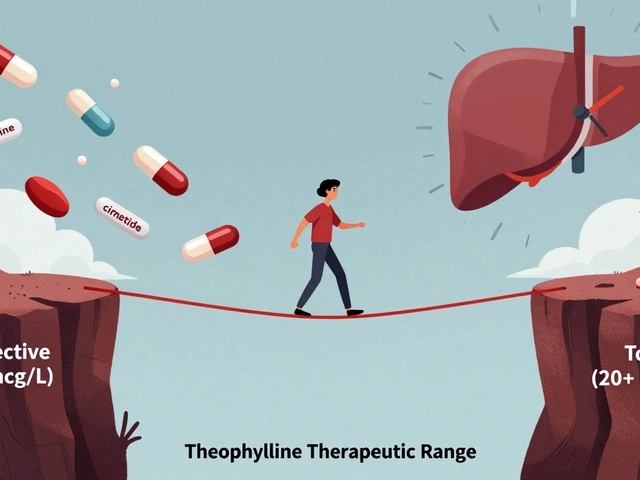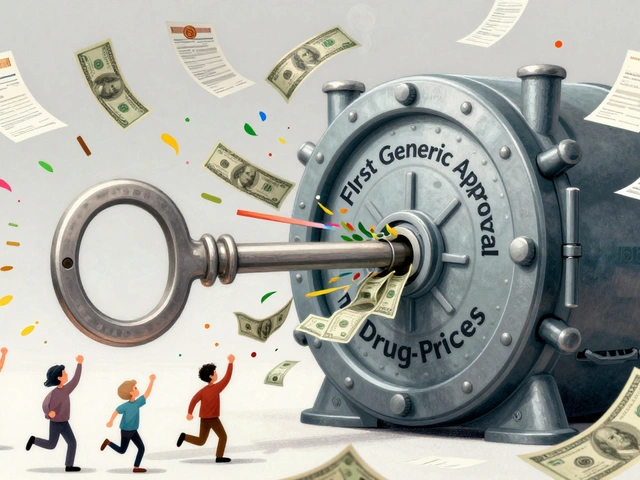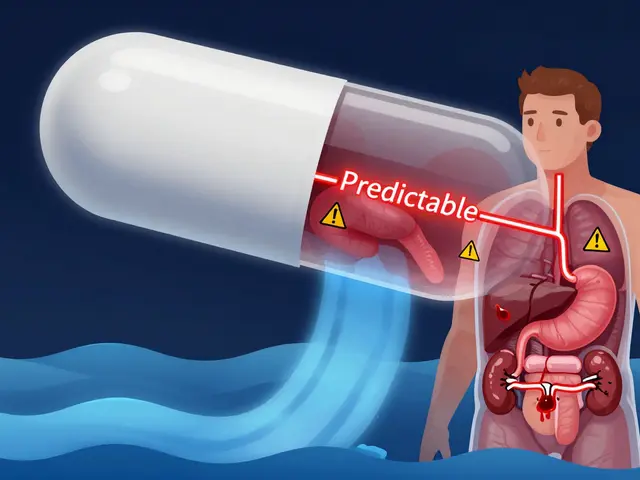Pioglitazone alternatives for type 2 diabetes
Pioglitazone helps insulin work better, but it can cause fluid retention, weight gain, and may worsen heart failure. Some long-term studies also raised a small bladder‑cancer signal. If any of that worries you or your doctor, there are several solid alternatives — each with different benefits and side effects. Here’s a clear guide to the main choices and how to match them to your needs.
Common drug alternatives and when they fit
Metformin: Usually the first drug doctors try. It lowers blood sugar, helps with insulin sensitivity, usually doesn’t cause weight gain, and is inexpensive. Good if you want a simple, well-proven option. Not ideal if you have advanced kidney disease or certain metabolic issues.
GLP‑1 receptor agonists (semaglutide, liraglutide, dulaglutide): These injectable or weekly options lower A1c and often cause weight loss. They also reduce cardiovascular risk in people with heart disease. Expect nausea early on; they can be pricier and need injection.
SGLT2 inhibitors (empagliflozin, canagliflozin, dapagliflozin): These pills lower blood sugar and body weight a bit, and they protect the heart and kidneys in many patients. Watch for urinary/genital infections and dehydration risk. They’re a strong pick if you have heart failure or chronic kidney disease.
DPP‑4 inhibitors (sitagliptin, linagliptin): Pills that modestly lower A1c and are easy to tolerate. They don’t cause weight loss and have a neutral effect on the heart. Useful if you need a gentle add‑on with low side‑effect risk.
Sulfonylureas and meglitinides (glipizide, gliclazide, repaglinide): These are older, cheap options that lower blood sugar well but increase hypoglycemia risk and may cause weight gain. Consider them when cost is a major issue and close glucose monitoring is available.
Insulin: Still the most powerful tool to lower blood sugar. It’s needed if oral meds aren’t enough or during illness, surgery, or pregnancy. Hypoglycemia and weight gain are the tradeoffs.
How to choose the right replacement
Think about what matters most: weight, heart or kidney protection, cost, or avoiding low blood sugar. For weight loss and heart benefits, GLP‑1s are top picks. For heart failure or kidney protection, SGLT2s shine. If budget is tight and you need modest control, metformin or sulfonylureas may be used. If you previously tolerated pioglitazone well but worry about specific risks, discuss dose change or switching to a drug with a similar glucose effect but a better safety profile.
Talk to your doctor about A1c targets, current medications, heart and kidney health, and side effects you can’t accept. When switching, monitoring matters: expect follow‑up labs, A1c checks, and a plan to manage side effects or hypoglycemia. If you’re pregnant or planning pregnancy, some of these drugs aren’t safe — make sure your clinician knows.
Choosing the right alternative is a balance. Ask clear questions, list priorities, and get a step‑by‑step plan with your clinician so the switch is safe and effective.
Pioglitazone Alternatives in 2025: Exploring Your Options for Diabetes Management
This article takes a close look at the top alternatives to pioglitazone for diabetes management in 2025. It explains how each option works, what it’s good at, and where it falls short. The guide also gives plain tips to help you choose the right medication for your lifestyle or health concerns. If you’re worried about side effects, cost, or new treatment trends, you’ll find practical info here. The aim is to give you the facts you need—simple and clear.






